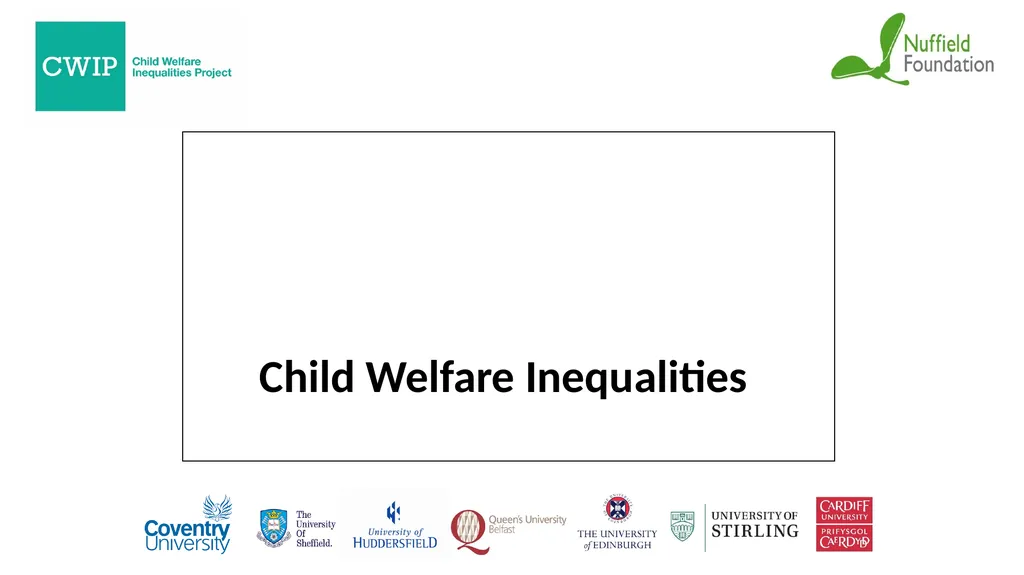
Child Welfare Inequalities The power of stories
Author: aaron | Published: 2025-08-04
Description: Child Welfare Inequalities The power of stories Stories are the means by which we navigate the world. They allow us to interpret its complex and contradictory signals (Monbiot, 2017). All compelling stories tend to have a plot, feature
Download Presentation
Download the PPT/PDF: Download
Transcript:
Loading transcript…